Vintage Tribal Kilim Runner 3' 5" x 11' (41" x 132")
Type:
Kilim RugsCollection:
Tribal RunnersID:
K0077320Size:
Material:
The designs feature a rich array of symbols representing tribal culture and Anatolian motifs, often in the form of medallions, diamonds, and other geometric shapes.
The designs feature a rich array of symbols representing tribal culture and Anatolian motifs, often in the form of medallions, diamonds, and other geometric shapes. These kilim runners are ideal for hallways and narrow spaces, offering a touch of ethnic charm and artisanal quality to any interior.
Herki kilims not only serve as functional floor coverings but also as artistic expressions of tribal identity, making each rug a unique cultural artifact.
Design Elements
- Structure
- The kilim runner features a long, narrow design, optimized for hallways and similar spaces.
- It utilizes a flatweave technique typical of traditional kilim craftsmanship, allowing for a lightweight and durable finish.
- Geometric Patterns
- The rug showcases a series of geometric motifs, including diamonds and squares, which are prominent in tribal designs.
- Each shape contributes to a rhythmic visual flow, drawing the eye along the length of the runner.
- Symmetry and Balance
- The arrangement of motifs creates a sense of harmony and proportion, essential in traditional design aesthetics.
- Each motif is mirrored and repeated, emphasizing order within the seemingly spontaneous tribal interpretations.
Colors
- Base Color
- The main background is a soft, creamy beige, providing a neutral yet warm canvas for the vibrant motifs.
- This light hue ensures adaptability in various design settings, creating a sense of openness.
- Accent Colors
- Shades of brown dominate the motifs, ranging from deep chocolate to muted tan.
- These earth tones evoke a natural and organic feel, connecting the design to its traditional roots and cultural context.
- Contrast
- The combination of light and dark colors enhances the visibility of the patterns, allowing distinct motifs to stand out.
- This contrast creates a dynamic interplay, enriching the visual experience of the runner.
Main Motifs and Symbolism
- Diversified Shapes
- The geometric patterns symbolize harmony and the interconnectedness of life.
- Shapes like diamonds represent protection and prosperity in various cultural contexts.
- Star Motifs
- The star-like shapes in the design symbolize hope and new beginnings.
- They may also signify guidance and direction, important themes in many tribal narratives.
- Spirals and Lines
- Spirals can symbolize the passage of time and the eternal cycle of life.
- Linear designs express movement, representing journeys and growth.
Summary
The vintage tribal kilim runner exemplifies traditional craftsmanship through its intricate geometric patterns and earthy color palette. The design elements highlight balance and symmetry, while the colors blend warm neutral tones with rich earth hues. Each motif carries significant symbolism, reflecting themes of hope, protection, and the essence of life’s cycles. This combination of design and meaning enhances the overall aesthetic and cultural richness of the kilim runner.
- Ships in 1-4 business days
- Only one in stock, handmade, unique
- Free shipping via FedEx Express. Easy returns
- Contact us or add a note to your order if you want us to delay your shipping.
- Request more info if you want this rug shorter or narrower
Colors may appear slightly different across various monitors due to screen settings device differences, and external lighting conditions. If color accuracy is important for your space, we recommend viewing the rug on multiple devices or contacting us for a detailed color description. We can provide detailed photos and references using Sherwin-Williams, Benjamin Moore, Pantone, or even Crayola crayons.
You can also visualize most of our products in your own room with AR (augmented reality) on an iPhone or iPad.
Return Policy
Need a rug pad? We recommend RugPadUSA
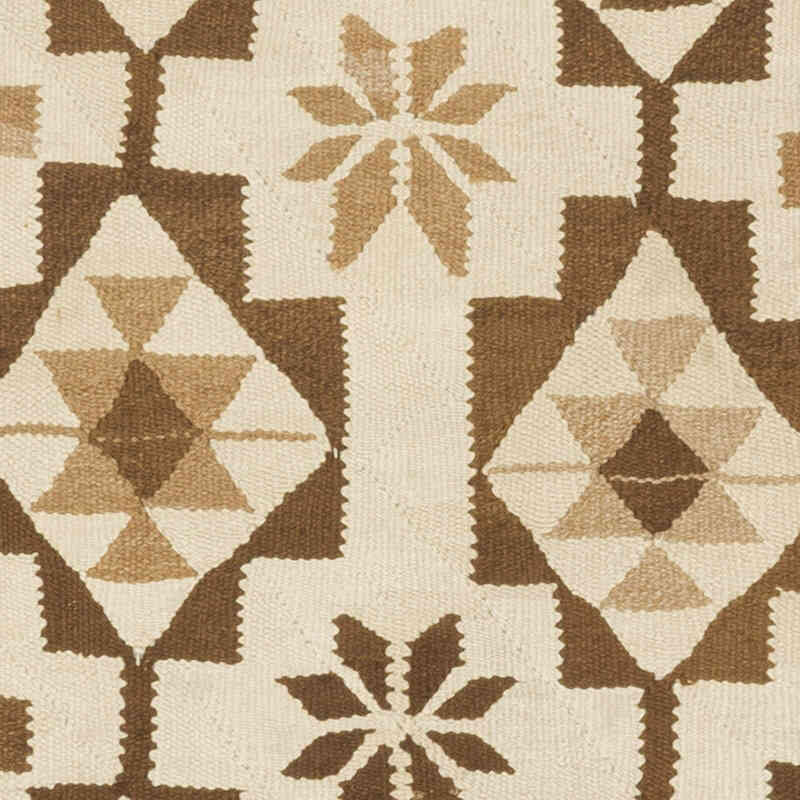
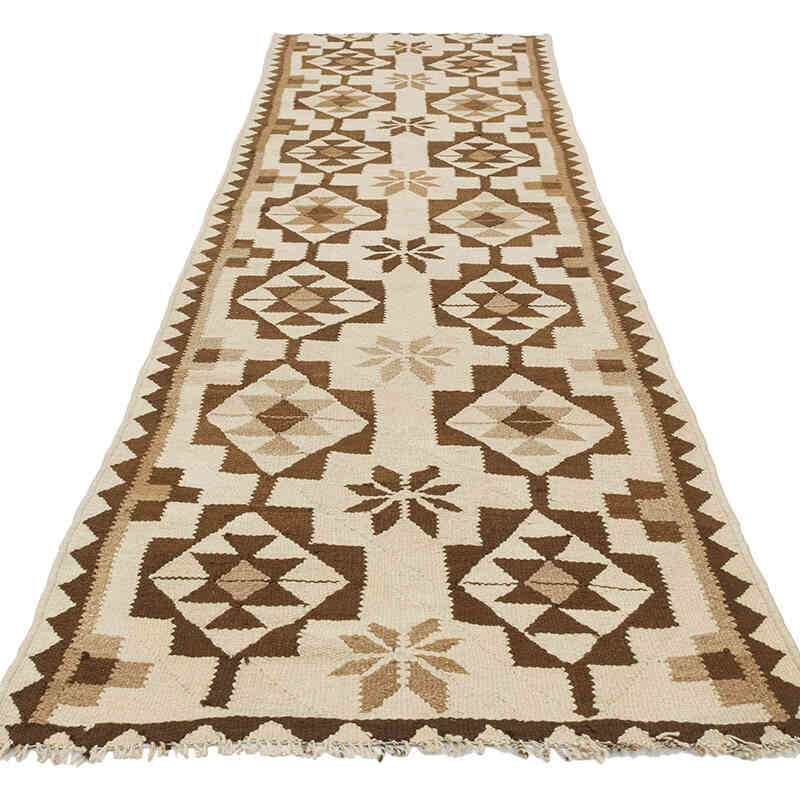
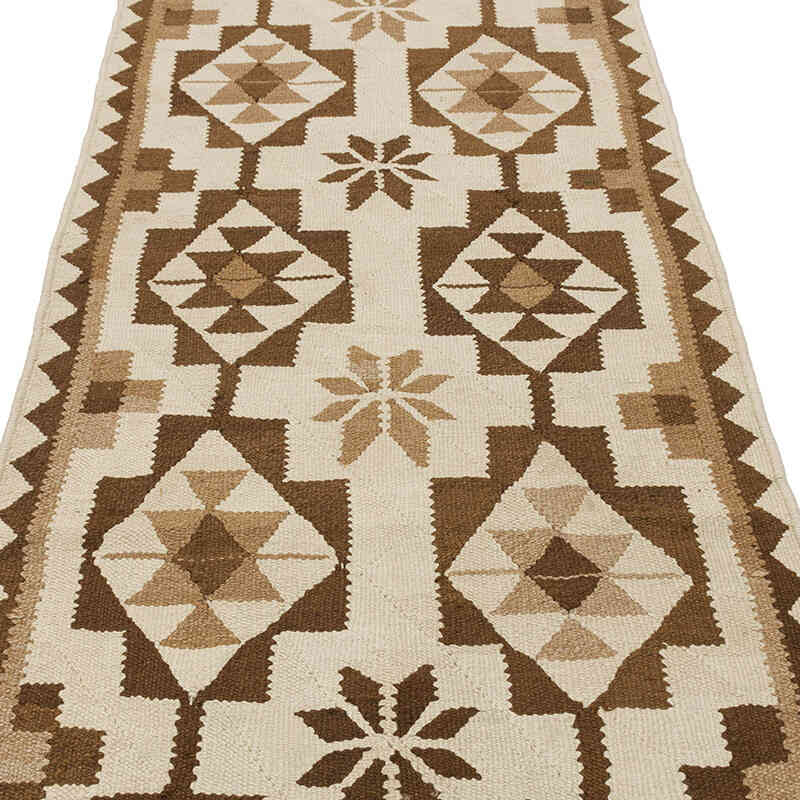
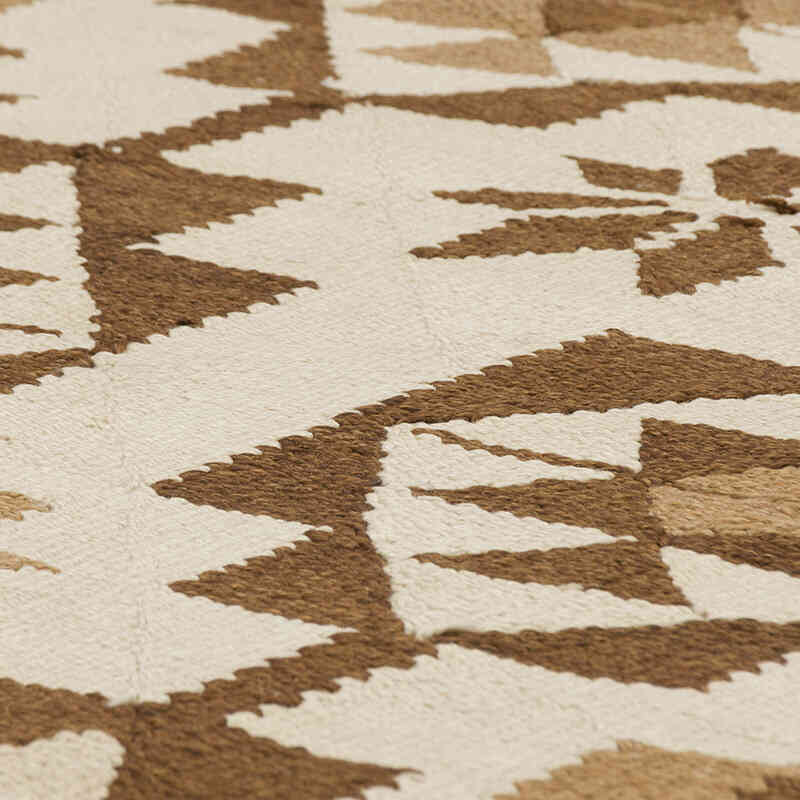
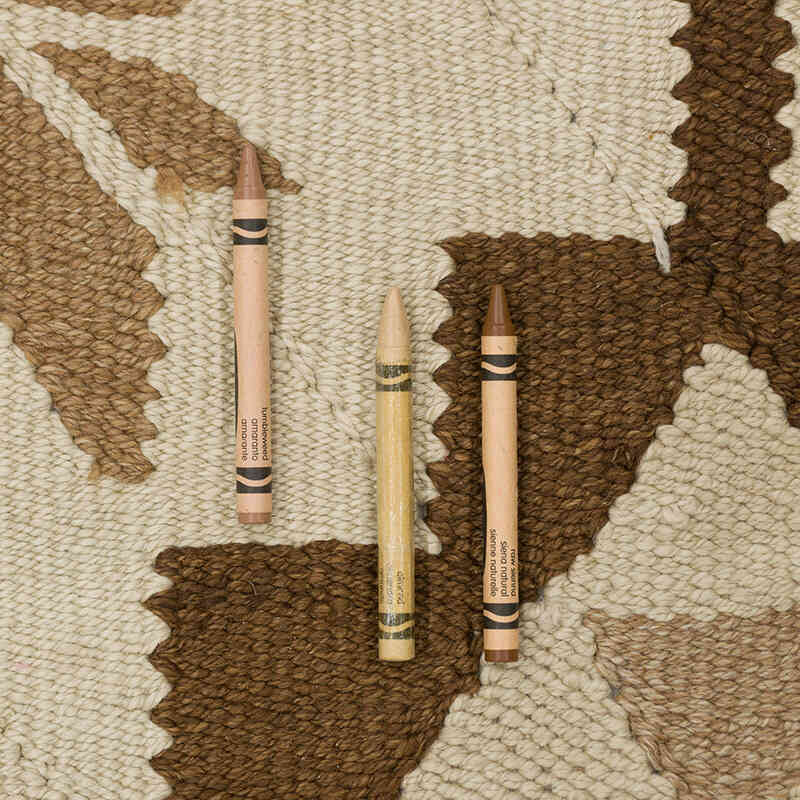
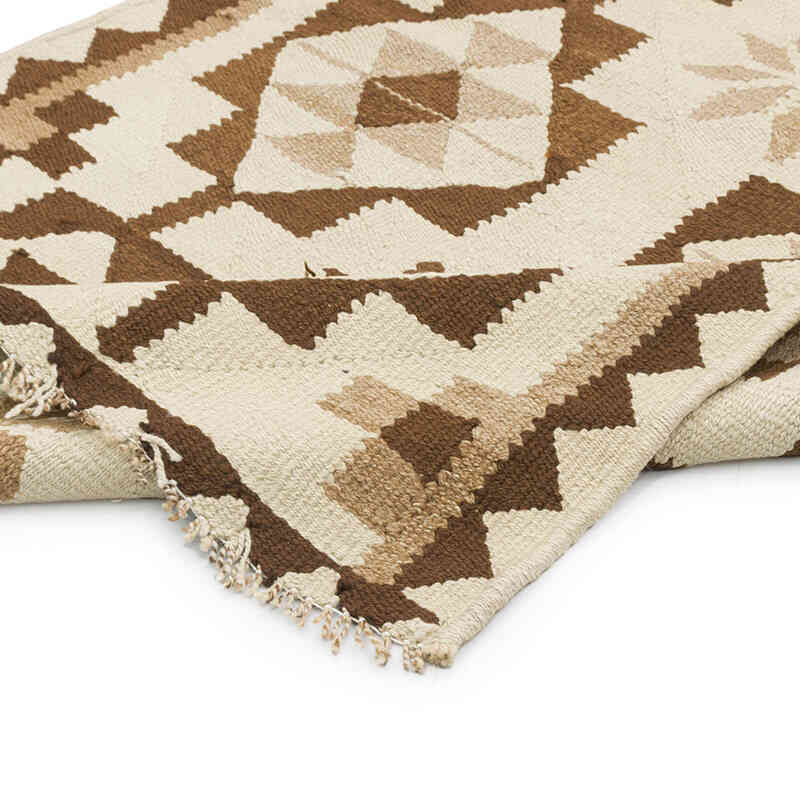
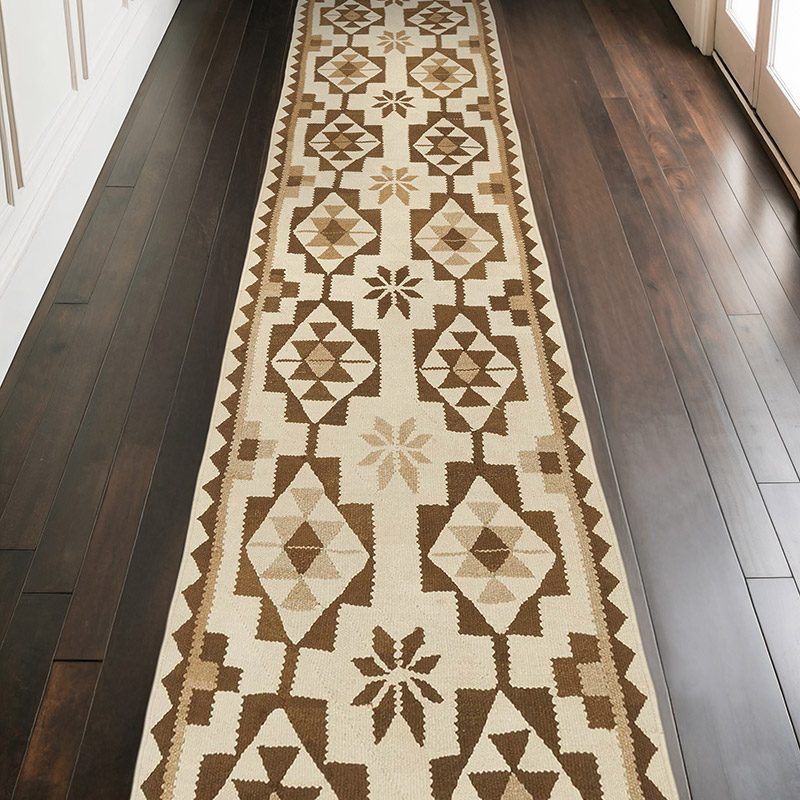






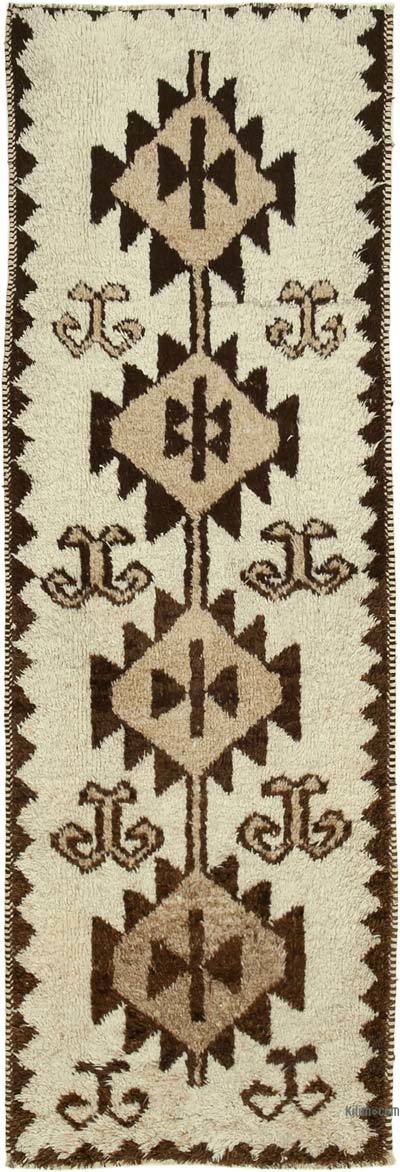

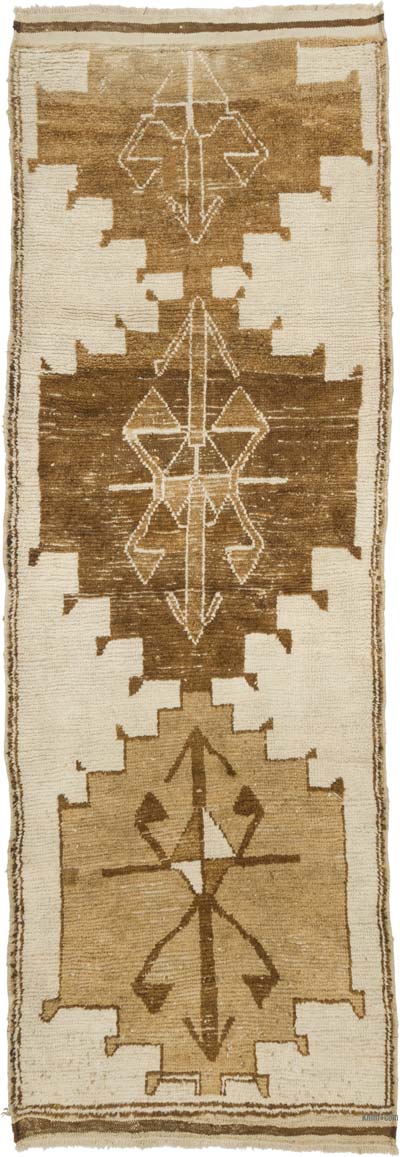







Very fast shipping